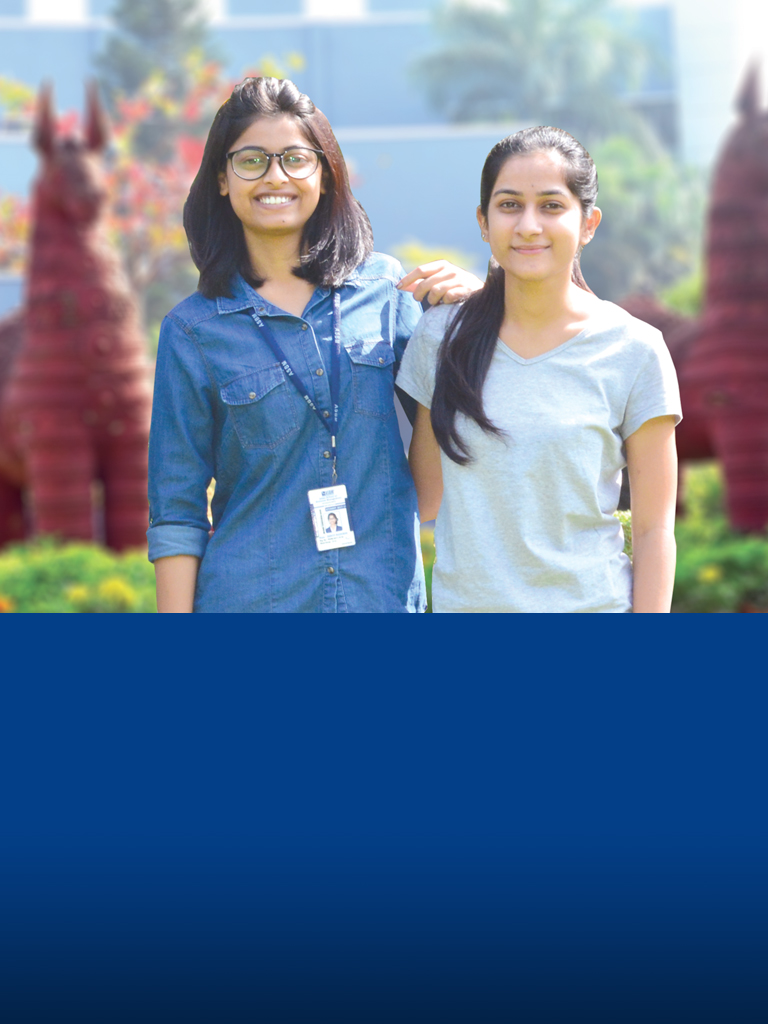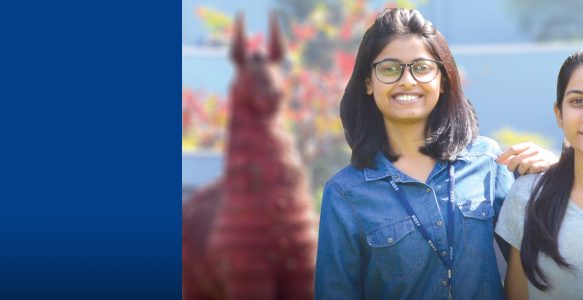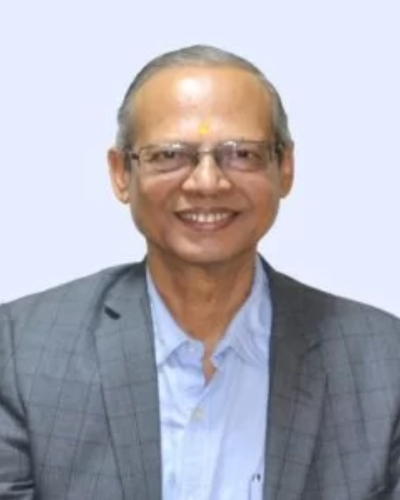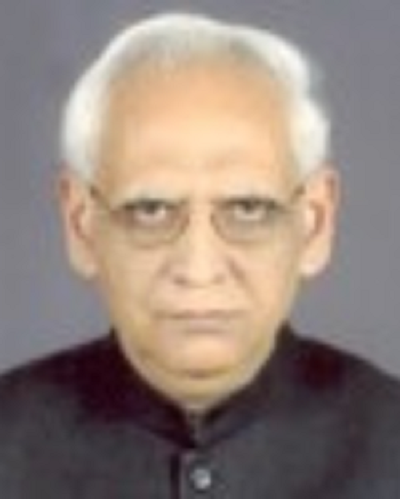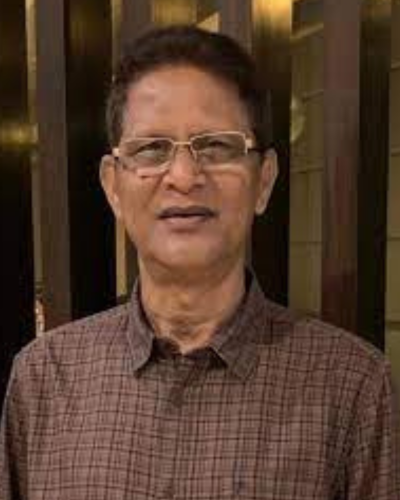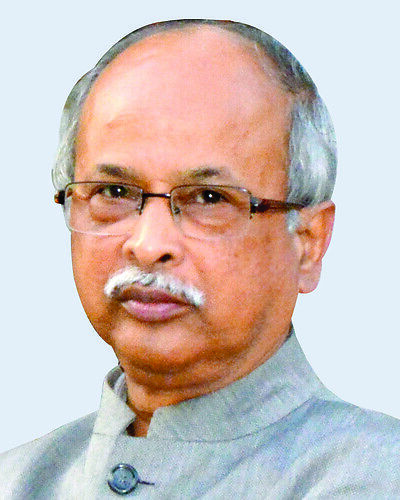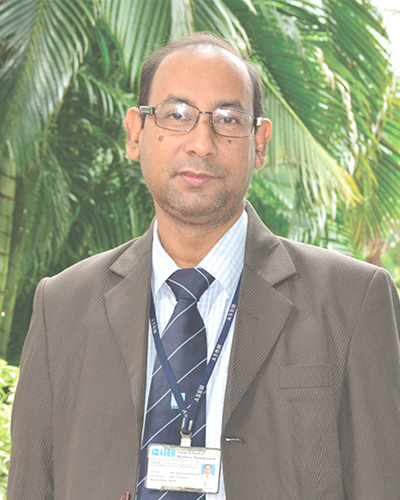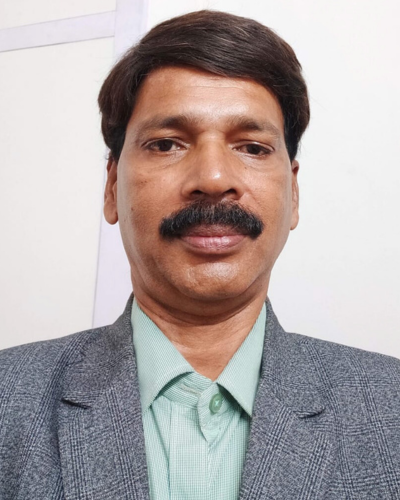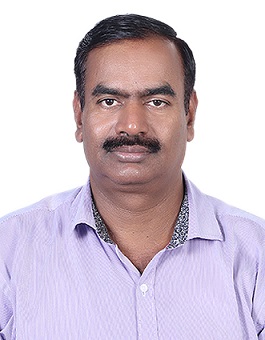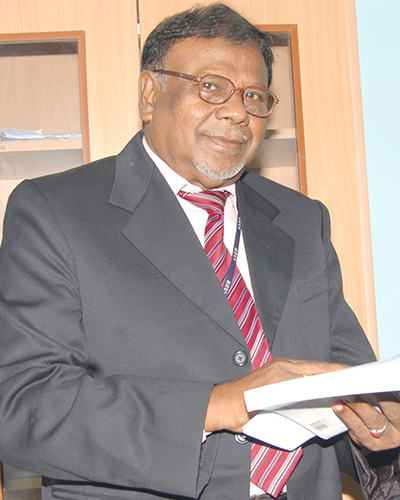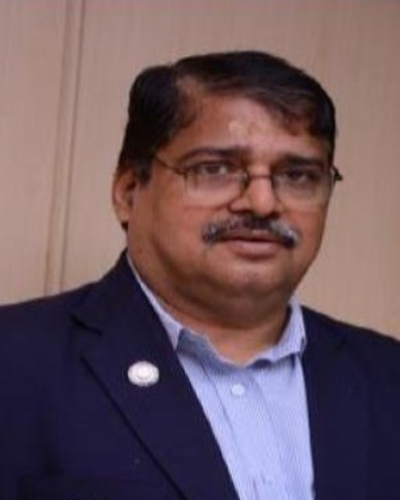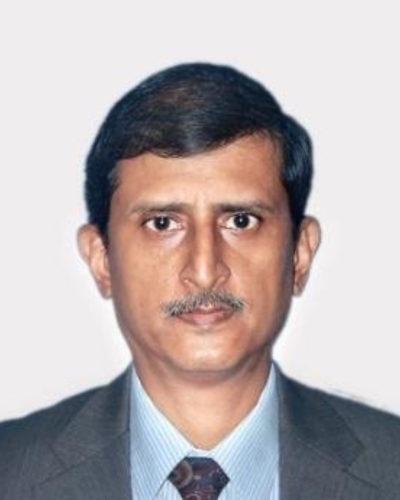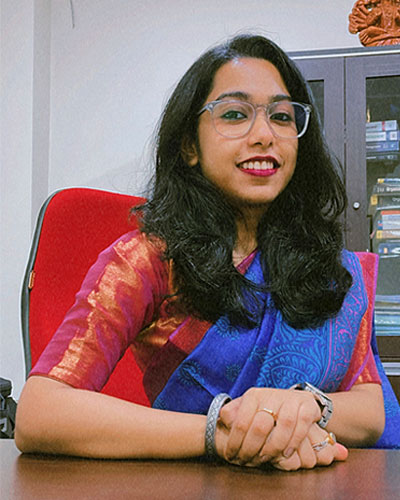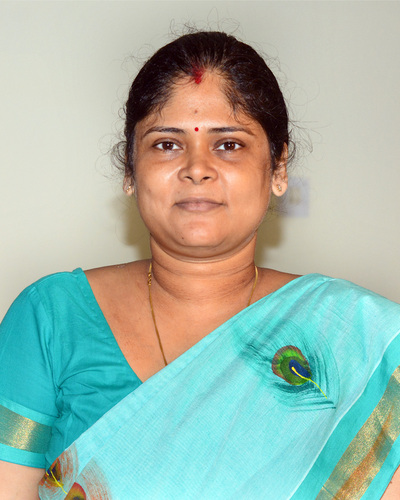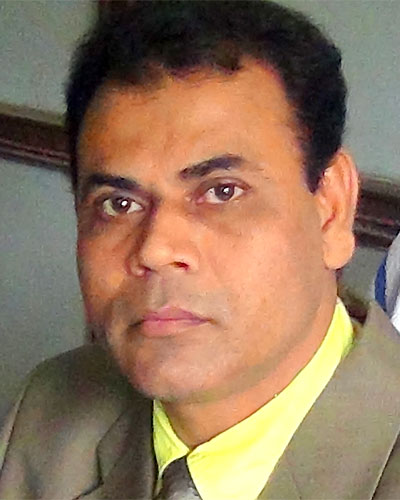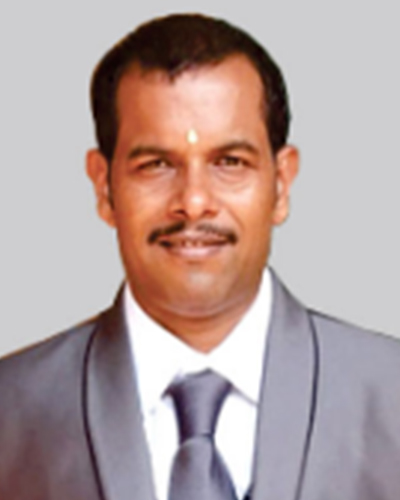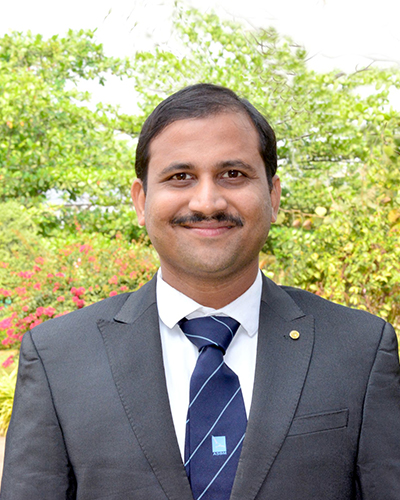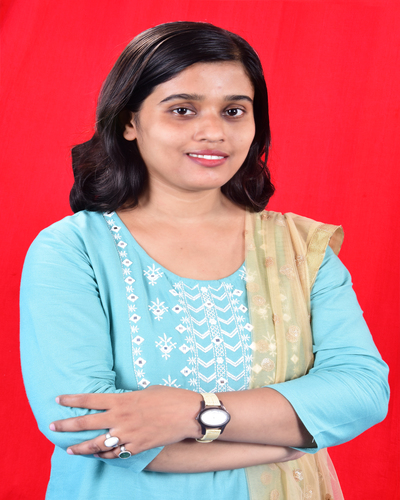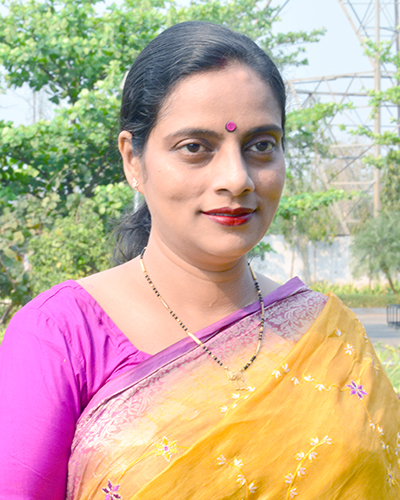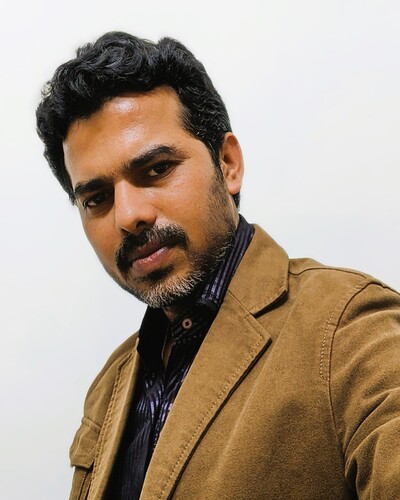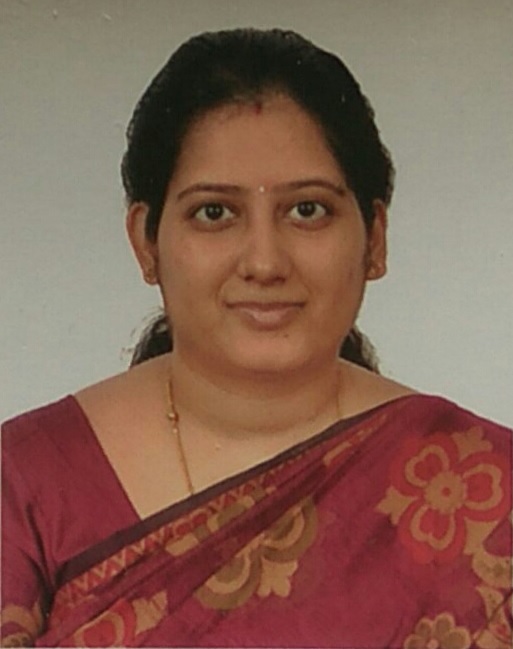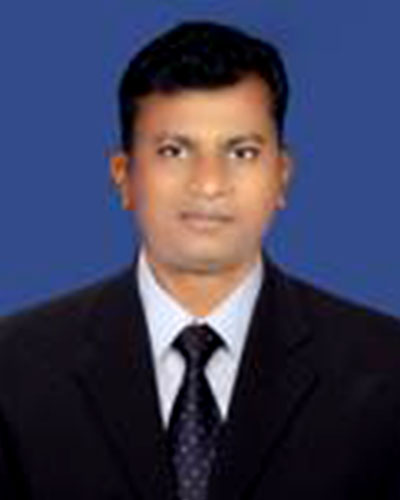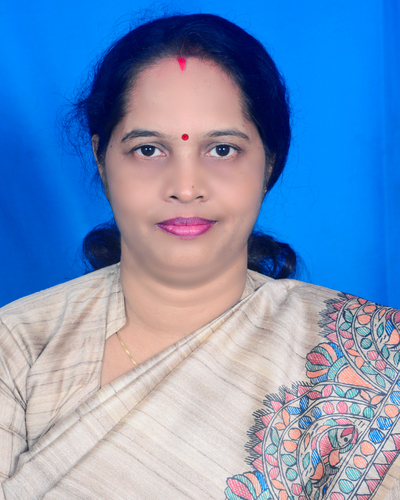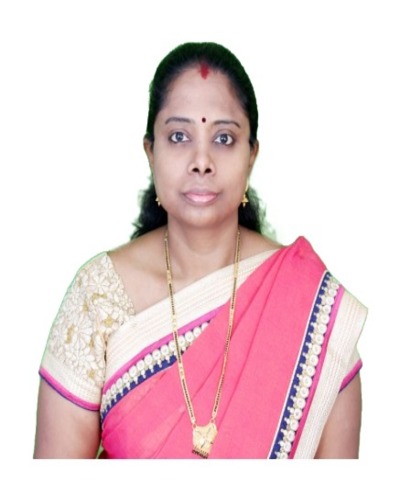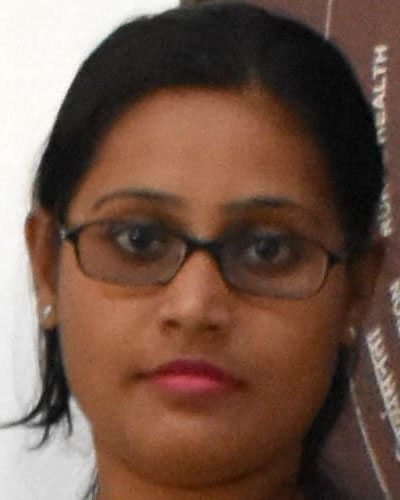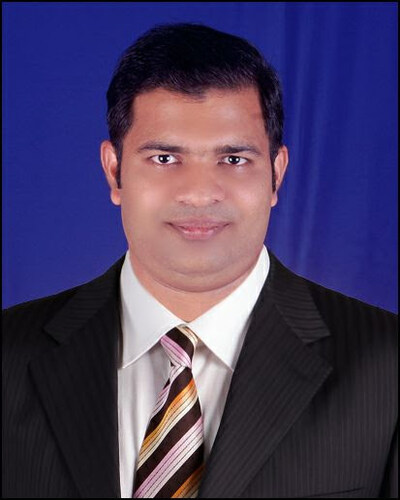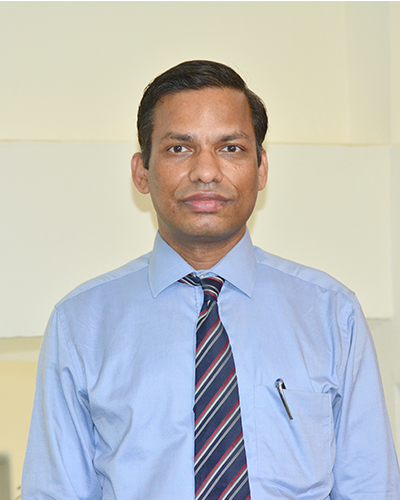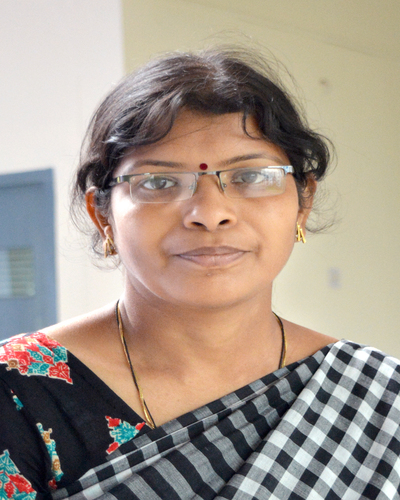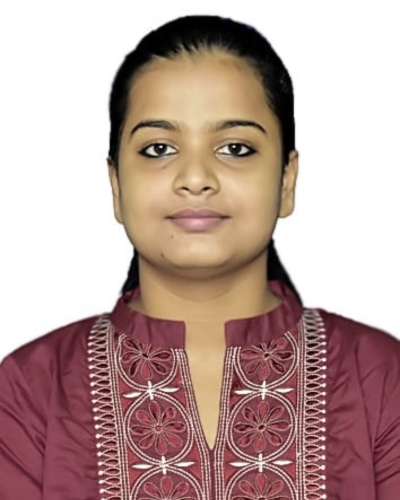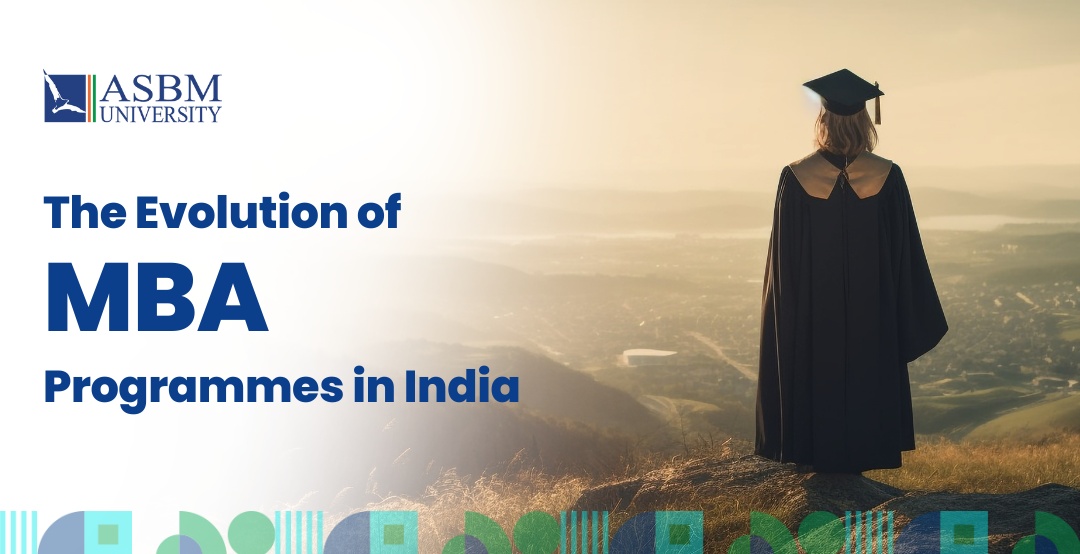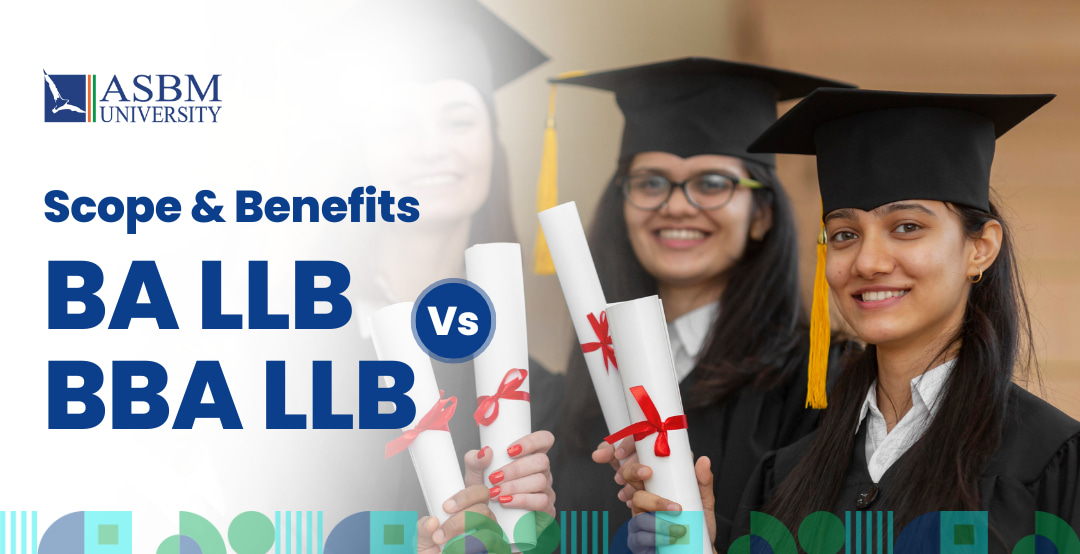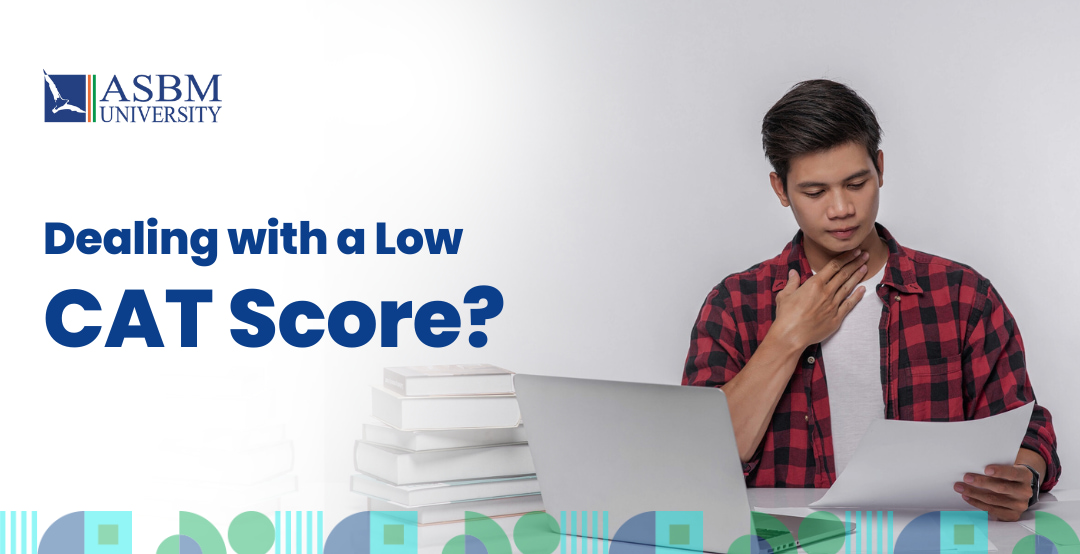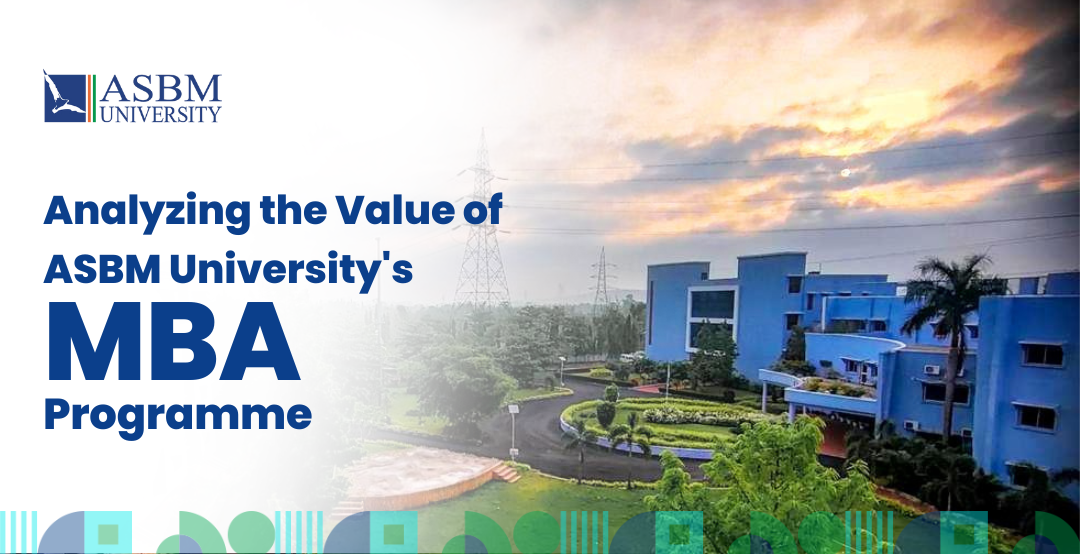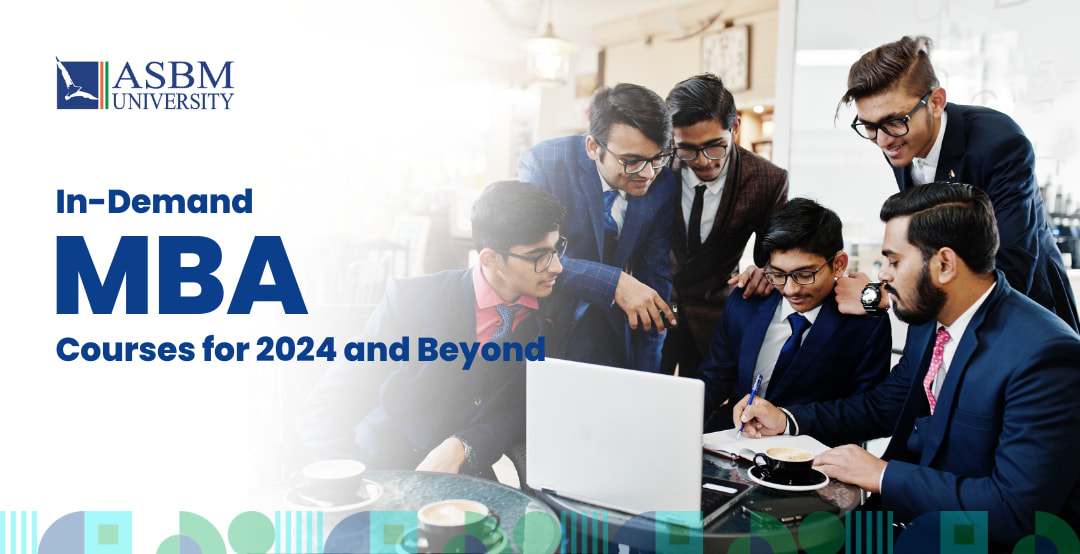Collabration
Programme Key Stats
2024
Admission Session
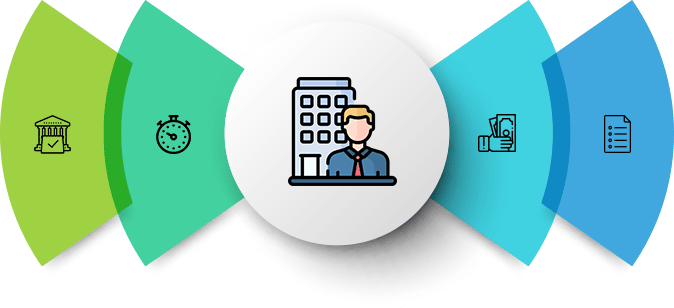
Any Graduate with Economics subjects
Eligibility criteria
Programme OVERVIEW
Economics is a subject that teaches concepts related to markets, finance, principles of business, banking, money and the working of an economy. Under these themes lie topics of demand, supply, production, national income, history of the Indian economy, international economics, inflow and outflow of capital, operations of loans, inflation and deflation of currency, rise and fall of prices in the market, GDP, as well as statistics. Since Economics deals with large numbers and data, the importance of statistics is deeply ingrained in the course. The extensive knowledge of the subject makes to understand and analyse economic trends.
A Master of Arts in Economics is geared towards enabling students who already have a solid base of economics-based knowledge to learn how to apply these economic principles to real-life situations. Master of Arts in Economics allows the students to hone analytical skills, to utilise expertise to come up with innovative solutions to a diverse range of problems, and to learn how to master various econometric techniques and software. The Master’s Programme offers a balance between theories of microeconomic, macroeconomic, and econometrics alongside their scientific applications. Developing core competencies on critical thinking skills, hypothesising and solving problems, data acquisition skills, data analysis techniques, the application of economic theory to analyze economic data, writing and reporting skills, and competency in the use of computer software.

Why MA Economics
- Designed on CBCS pattern
- Innovative teaching pedagogy
- Experienced faculty from industry, profession and academics
- Continuous evaluation pattern
- Dissertation/Project
- Separate hostel facilities for boys and girls inside the campus
Course Curriculum
A student will undergo minimum 80 credits of course work during the two-year Programme.
The curriculum consists of 80 credits where Ability Enhancement Course (AEC) is of 4 credits, Core Discipline courses are of 52 credits, Generic Electives (GE) are of 8 credits and Discipline Specific Electives (DSE) are of 16 credits.
Semester - I
- Personality Development for Corporate Readiness
- Microeconomic Analysis
- Macroeconomic Analysis
- Statistics for Economics
- Mathematics for Economics
Semester – II
- Advance Microeconomic Analysis
- Advance Macroeconomic Analysis
- Indian Economic Policy
- Basic Econometrics
- Computer Application in Economic Analysis
Semester – III
- Economics of Growth and Development
- Financial Institutions and Markets
- Research Methodology
Choose Any One
- Advanced Econometrics
- Agricultural Economics
Choose Any One
- Rural Economics
- Environmental Economics
Semester – IV
- Public Economics
- International Trade
Choose Any One
- Financial Econometrics
- Regional Economics
Choose Any One
- Urban Economics
- Economics of Natural Resources
- Dissertation
FOR WHOM
- Any graduate with Economics as one of the subjects from a recognised university
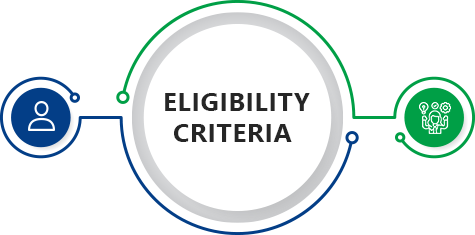
ELIGIBILITY
- Minimum 50% marks in aggregate (45% for reserved category). Final year students can apply.
Faculty
FAQs
What is Lorem Ipsum?
Lorem Ipsum is simply dummy text of the printing and typesetting industry. Lorem Ipsum has been the industry’s standard dummy text ever since the 1500s, when an unknown printer took a galley of type and scrambled it to make a type specimen book. It has survived not only five centuries, but also the leap into electronic typesetting, remaining essentially unchanged. It was popularised in the 1960s with the release of Letraset sheets containing Lorem Ipsum passages, and more recently with desktop publishing software like Aldus PageMaker including versions of Lorem Ipsum.
What is Lorem Ipsum?
Toggle content goes here, click edit button to change this text.
What is Lorem Ipsum?
Toggle content goes here, click edit button to change this text.
STILL HAVE QUERIES?
Lorem ipsum dolor sit amet, consectetur adipiscing elit. Ut elit tellus, luctus nec ullamcorper mattis, pulvinar dapibus leo.

